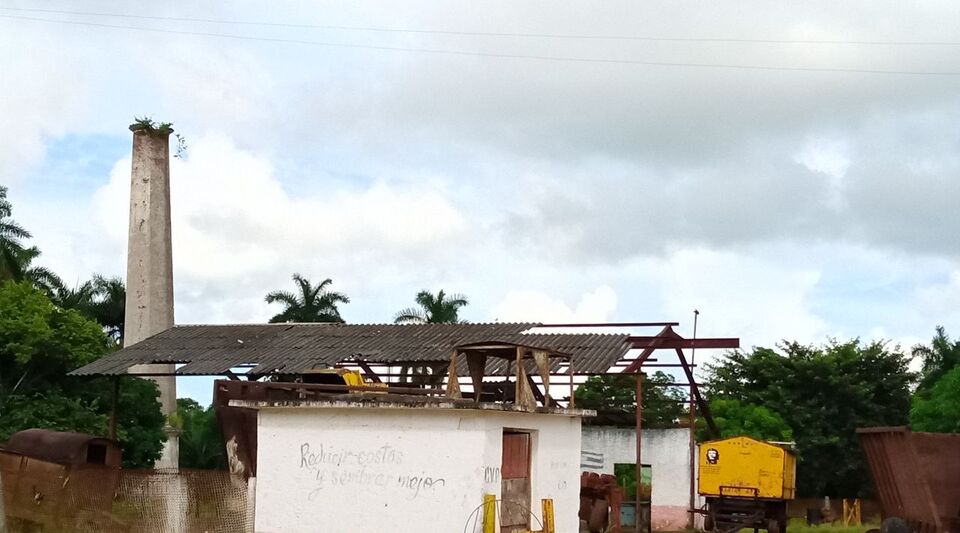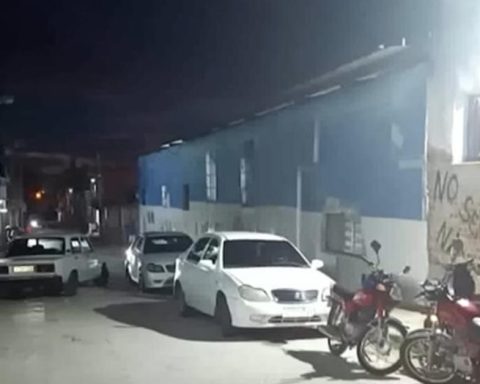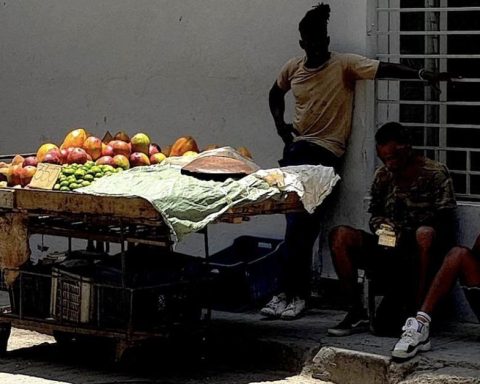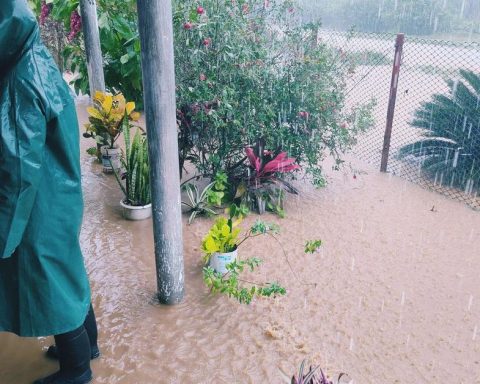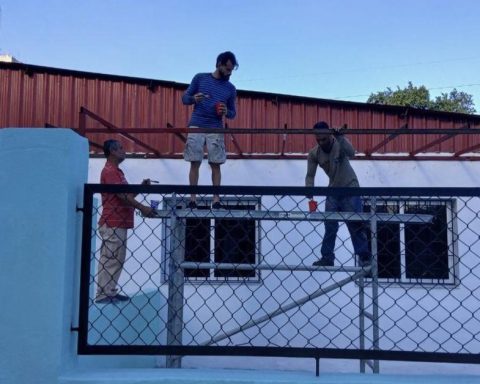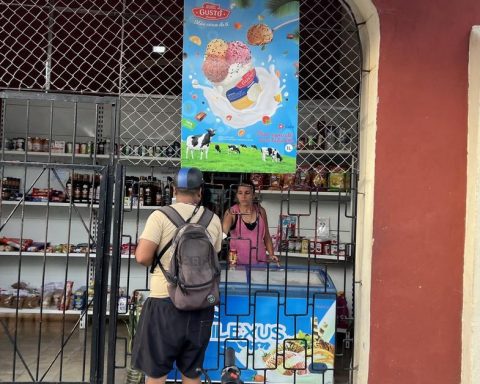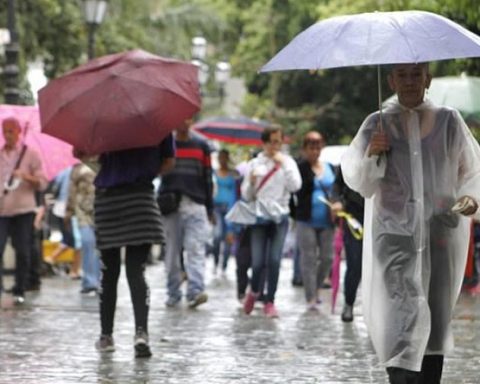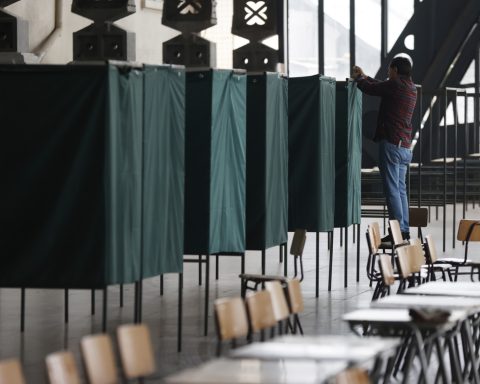The inhabitants of the Camajuaní valley, in the province of Villa Clara, have known better times with the intensive cultivation of sugar cane. Today, many of the characteristic towers of the mills that gave prosperity to the settlements of Carmita, Fe, Rosalía, La Julia or Vega Alta are in ruins.
A few barely continue to produce and their workers go months without receiving their salaries. This is the case of the macheteros of Rosalía, who saw their cooperative close fifteen years ago. There used to be cleaned and cut enough cane to fill a dozen wagons, which were then transported for processing to the Fe sugar mill, officially renamed in 1960 as the José María Pérez Sugar Agroindustrial Complex.
Now, in Rosalía, the ruins of the old storage center are piled up, from which the government even uprooted the railway line. Locals have been taking everything from fiber cement tiles to metal beams. Only the walls remained, but the neighbors also tear them apart to take away the concrete blocks.
The damage further delays the very poor cultivation of the cooperative which, of the 20 tons that it cut before 2018, will only be able to contribute five this year
The cane fields of La Julia, which must now assume all the local production for the harvest, are also in full decline. The peasants’ cows and horses continually enter their fields to feed.
The damage further delays the very poor cultivation of the cooperative, which, of the 20 tons that it cut before 2018, will only be able to contribute five this year.
Around 320 people work in the La Julia cooperative. Mechanical engineers receive a salary of 5,000 pesos; the technicians earn a little less, and the workers, who must hack in the heat and in deplorable conditions, earn barely 2,500 pesos a month, equivalent to about twenty dollars at the official exchange rate.
“The Fe mill buys the cane from us at 700 pesos a ton, but the cooperative must maintain its autonomy,” José Luis, a worker from La Julia who prefers to use a fictitious name, tells 14ymedio. “That means that our salary depends on the income that we achieve.”
They are rarely paid on time. The sugarcane bureaucracy is deeply indebted to the Central Bank of Cuba and this delay is directly reflected in the payment of workers.
Margarita, a worker who has to travel by cart every day from Taguayabón to La Julia, explains to this newspaper how the counterpoint of credits and debts works. “The industry has been a mess for years,” she says.
The credit offered by the bank, he explains, “has an expiration date,” so that if it is not paid on time, there will be no way to pay the macheteros. The possibility of offering land to workers is being analyzed, but these individuals will face the same problems as the cooperative: fuel shortages, lack of supplies, machetes, gloves, clothes, shoes, backpacks for watering liquids.
“If there isn’t for the workers there, there will be much less for the individual,” he adds.
There is also not enough fuel to power the tractors and plows, nor for the “harrows”. And insecticides and fertilizers are in the same situation
It’s a vicious circle, he clarifies. The central also has debts, “which must be around three million pesos,” José Luis calculates, “and without a detailed report of what is going to be done, the bank does not provide the necessary credit to start the operation.”
Each step hinders the next and the most affected is always the humble worker, who has no other remuneration. “On more than one occasion they have stopped paying me,” laments Eliecer, a machetero from La Julia. “They told us that there was no money that month, but the truth is that it happens every once in a while. That’s why many have asked to be discharged, but life is very hard and we are all living hard, with whatever appears,” he laments.
“Not to mention that the workers waste a lot of time trying to get to the cooperative,” adds José Luis. When there is no fuel to bring them from the neighboring hamlets, the work day is lost, or the worker himself is the one who must find the means to move.
“Last week only 160 liters entered to be used for transporting the workers,” he says. When they were finished, they had to wait and declare the workers as “interrupts”. There is also not enough fuel to power the tractors and plows, nor for the “harrows”. And insecticides and fertilizers are in the same situation.
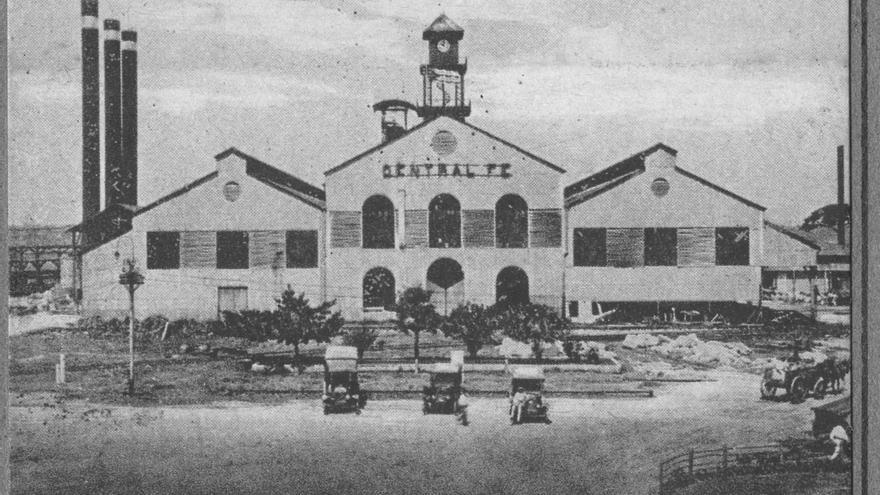
The man admits that “when things are under private management, people respect it.” However, “when it belongs to the State, it doesn’t hurt anyone.” That explains why the local peasants bring their animals, day or night, to eat the cane. “Fines have been imposed on peasants,” he says, “but it hasn’t helped. Nobody can stop this.”
To the precariousness with which the macheteros of La Julia live, several rumors are added, which run from mouth to mouth in the workers’ hamlets. Although no one has confirmed it yet, the peasants believe that the mills will no longer produce sugar for export, but only a portion of what is destined for the Island.
They believe that, instead, the Government intends to sell the molasses to China, very expensive. In that country, they say, they will get more out of it to make alcoholic beverages and purge honey, which has a medicinal use, in addition to serving as fertilizer and feed for livestock.
Ruined by bureaucracy and malfunctions, no one could imagine today that the Island’s sugar industry was once the first in the world. This year, the Government has reduced to 23 the number of mills that grind during the harvest. Small but “efficient”, as Miguel Díaz-Canel described it, this season’s production will not reach 500,000 tons of sugar.
________________________
Collaborate with our work:
The team of 14ymedio is committed to doing serious journalism that reflects the reality of deep Cuba. Thank you for joining us on this long road. We invite you to continue supporting us, but this time becoming a member of our journal. Together we can continue transforming journalism in Cuba.
